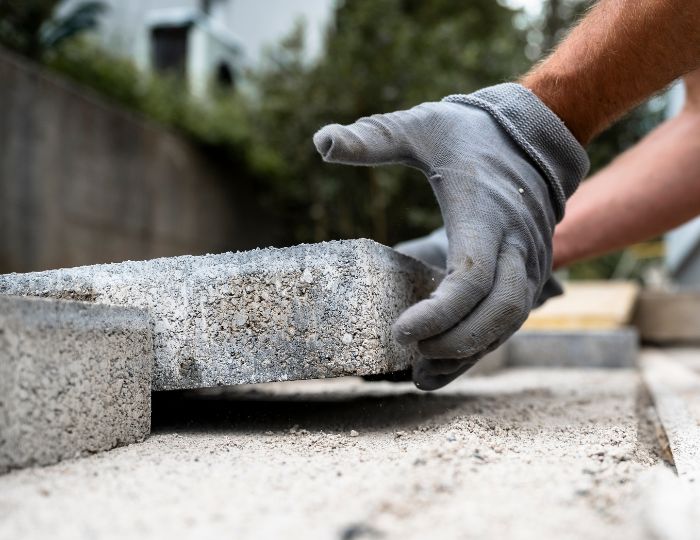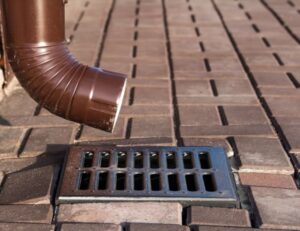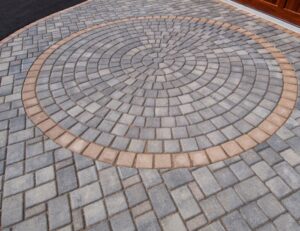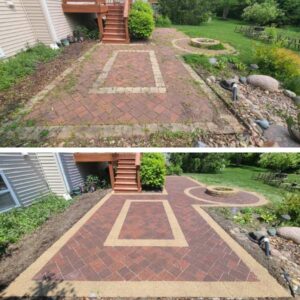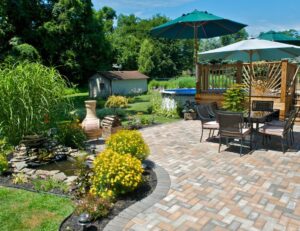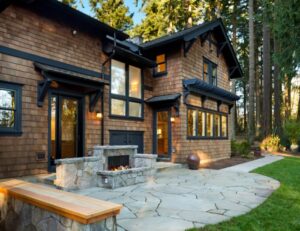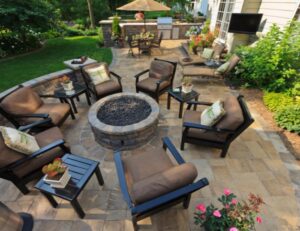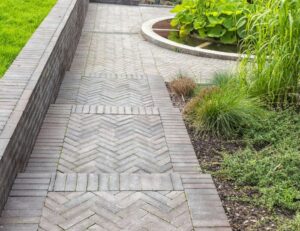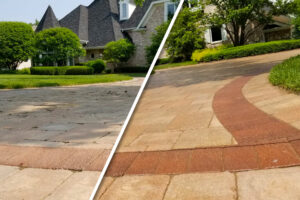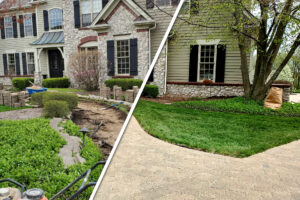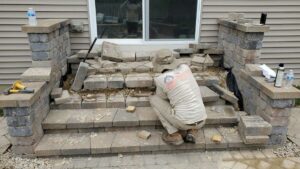Paver restoration is one of the best ways to bring life back to patios, driveways, and walkways that have lost their color, developed stains, or become uneven. But homeowners often wonder: Can this work be done in winter? After all, cold temperatures, snow, and ice present unique challenges for outdoor projects. The short answer is that while some aspects of paver restoration can be done in winter, certain services are best reserved for warmer months. Understanding the difference can help you plan the timing of your project and get the best long-term results.
1. The Challenges of Winter Restoration
Winter weather isn’t always friendly to paver restoration. Cold temperatures can affect how products like cleaners, polymeric sand, and sealers perform. For example:
-
Sealers may not cure properly if applied below recommended temperatures, leading to a weak bond that won’t last.
-
Polymeric sand can fail to harden in freezing conditions, leaving joints vulnerable to erosion and weed growth.
-
Moisture from snow and ice can prevent paver surfaces from drying adequately before restoration work begins.
These challenges don’t make winter restoration impossible, but they do limit what can be effectively accomplished outdoors until the weather warms up.
2. What Restoration Work Can Be Done in Winter?
While full restoration may be tricky in cold weather, there are several important services that can still be performed during winter:
-
Paver Inspections – Winter is a great time to have a professional evaluate your pavers for cracks, sinking, or drainage issues so that a plan is ready for spring.
-
Repairs to Individual Pavers – If one or two pavers have shifted or cracked, those can often be replaced even in cooler conditions.
-
Drainage Adjustments – Winter often highlights drainage problems, such as pooling water or icy spots. Identifying and addressing these issues early can prevent further damage.
-
Planning & Scheduling – Many homeowners use the winter months to book spring and summer restoration services. This ensures you get priority scheduling once the weather improves.
3. What Restoration Work Should Wait for Warmer Weather?
For the best long-term results, some restoration steps are better delayed until spring or summer:
-
Deep Cleaning – Power washing requires a thorough dry-out period, which is difficult to achieve in freezing temperatures.
-
Joint Sand Replacement – Polymeric sand sets best in dry, warm weather conditions.
-
Sealing – Sealants require a minimum temperature (often around 50°F and rising) to cure properly. Applying sealers in cold conditions risks peeling, hazing, or early wear.
By waiting until temperatures consistently rise, you ensure these crucial restoration steps last longer and protect your investment.
4. Why Winter is the Perfect Time to Prepare
Even if full restoration isn’t possible, winter is still a great season to get ahead. Instead of waiting until spring to start thinking about your pavers, use the colder months to:
-
Schedule inspections and estimates so you’re first in line when restoration season begins.
-
Address small repairs that can worsen if left through the freeze-thaw cycle.
-
Create a maintenance plan with a trusted paver restoration company, ensuring your pavers are restored and sealed as soon as the weather allows.
Planning during winter means your outdoor spaces will be ready to enjoy right when the warm weather returns.
Conclusion: Timing Is Everything in Paver Restoration
So, can paver restoration be done in winter? The answer depends on the type of work. While inspections, small repairs, and drainage fixes can be performed, major restoration steps like sealing and joint sand replacement are best saved for warmer months.
If your pavers are showing signs of wear, don’t wait until spring to act. Contact Amazing Paver Restoration today to schedule an inspection or consultation. Our experts will guide you on what can be done now and create a plan for a full restoration once the weather is right.

